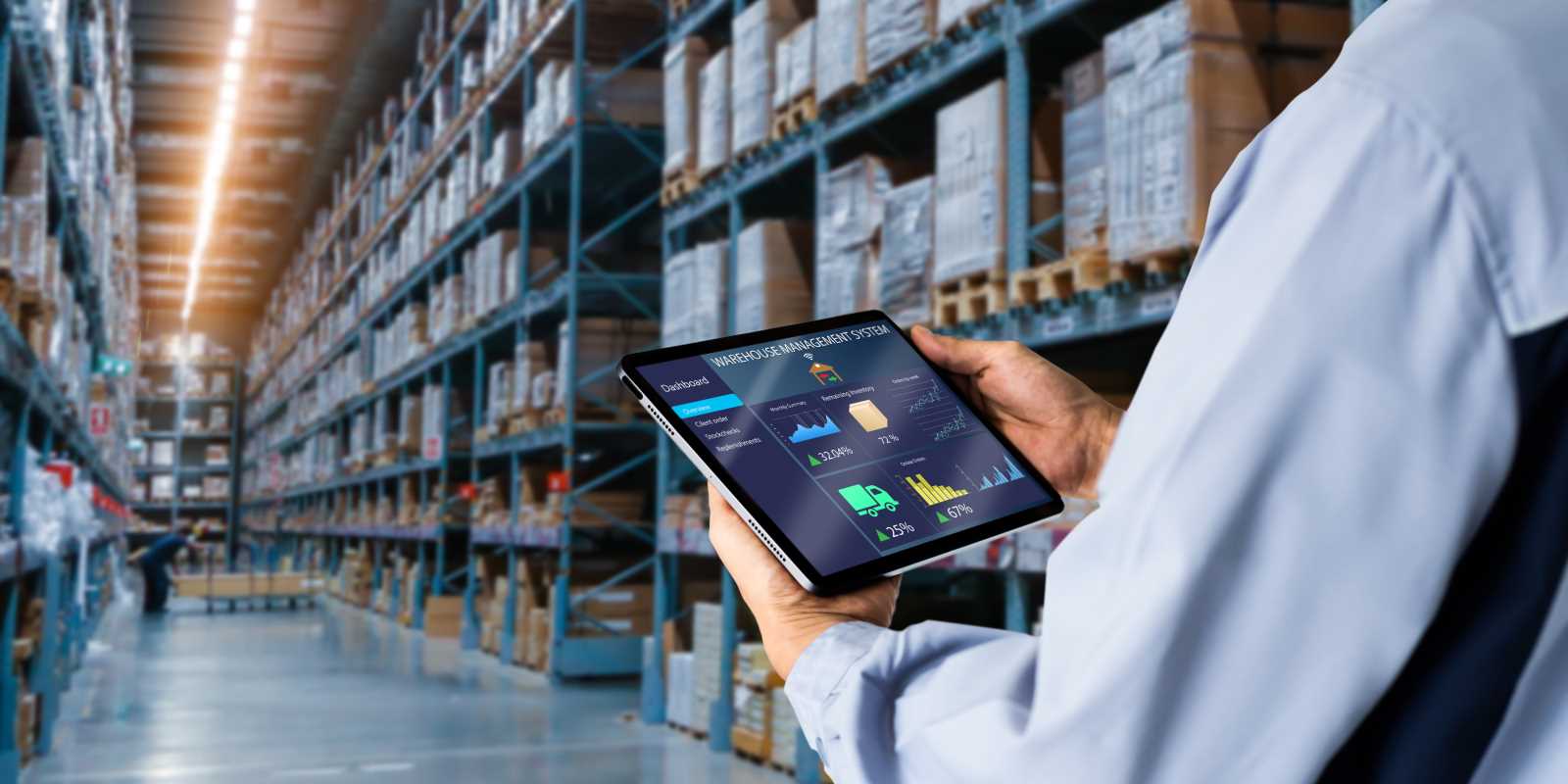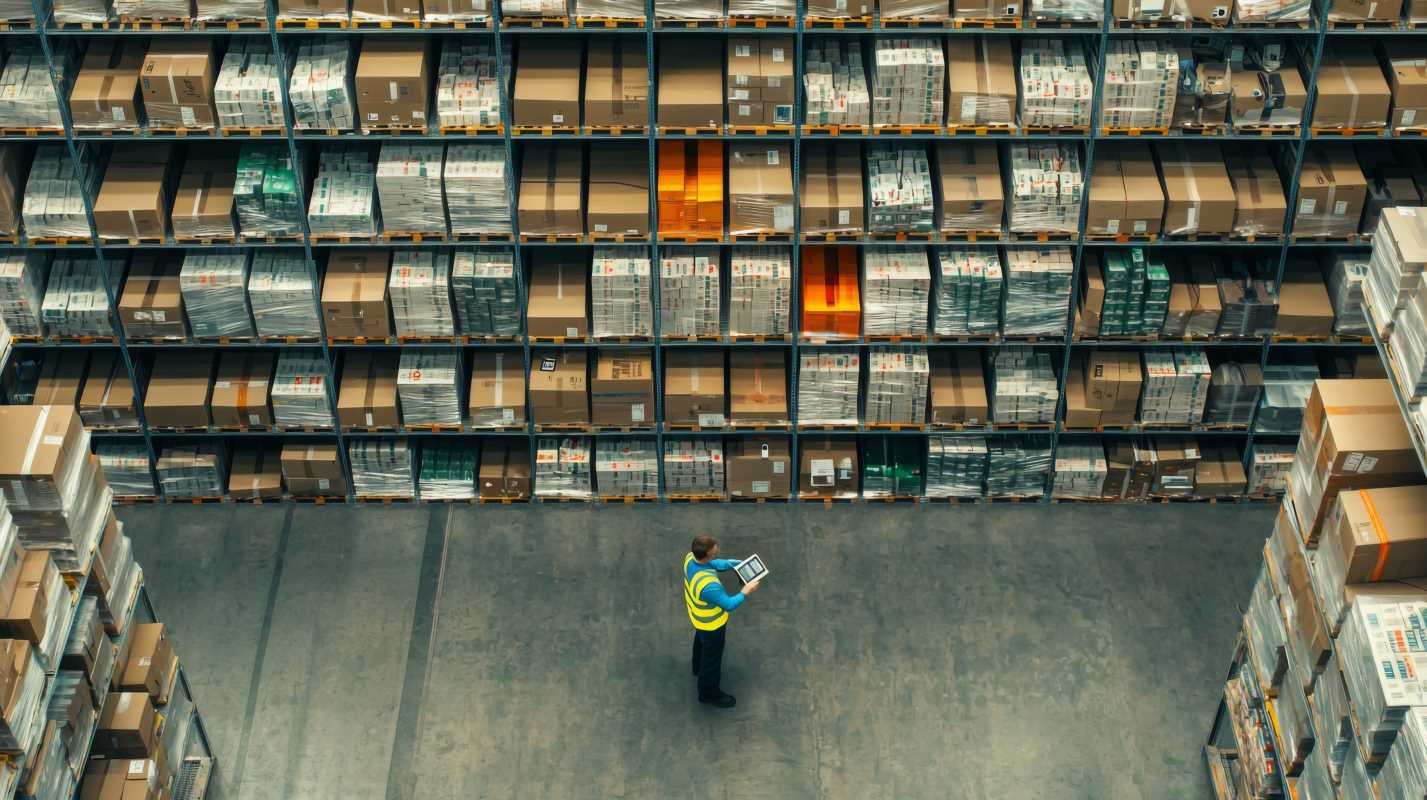Embracing sustainable packaging has taken center stage in the mission to lessen environmental harm and champion eco-friendly methods across numerous sectors. With consumers becoming more aware of the ecological consequences linked to the items they buy, businesses are more motivated than ever to adopt sustainable packaging solutions that align with these expectations. Enter nanotechnology, an innovative domain that's changing our perception of packaging entirely. By weaving nanotechnology into the fabric of sustainable packaging, companies are able to boost the functionality, resilience, and eco-friendliness of their packaging materials. This exciting advancement holds the promise of steering us toward a brighter, more sustainable future.
The Basics of Sustainable Packaging
- Use renewable or recycled materials to minimize environmental impact.
- Design for recyclability and biodegradability to reduce landfill waste.
- Incorporate minimalistic designs to decrease material usage.
- Implement lightweight materials to lower transportation emissions.
- Adopt innovative technologies to enhance packaging performance.
The Role of Nanotechnology in Packaging
Nanotechnology, the manipulation of matter at the molecular or atomic level, plays a pivotal role in transforming sustainable packaging. By utilizing nanoparticles and nanomaterials, packaging achieves properties that were previously unattainable with conventional materials. This advancement allows for creating packaging that is not only environmentally friendly but also superior in terms of functionality and performance.
In the realm of sustainable packaging, nanotechnology enhances barrier properties, making packaging more resistant to moisture, oxygen, and other external factors that can degrade product quality. Nanotechnology also enables the integration of smart features, such as antimicrobial properties and self-healing capabilities, which extend the shelf life of products and reduce food waste. These innovations benefit consumers and businesses while contributing significantly to environmental conservation efforts.
Benefits of Nanotechnology in Sustainable Packaging
- Enhanced Barrier Protection: Nanomaterials provide superior resistance to gases, moisture, and UV light, ensuring that products remain fresh longer and reducing the need for preservatives.
- Lightweight Materials: By using nanotechnology, packaging materials become thinner and lighter without compromising strength, leading to reduced transportation costs and lower carbon emissions.
- Improved Durability: Nanotechnology increases the toughness and resilience of packaging, minimizing damage during transit and decreasing the likelihood of product returns.
- Antimicrobial Properties: Incorporating nanoparticles with antimicrobial characteristics helps prevent the growth of bacteria and mold, enhancing product safety and longevity.
- Recyclability and Reusability: Nanotech-enhanced materials can easily recycle or repurpose, promoting a circular economy and reducing waste.
Challenges and Considerations
While integrating nanotechnology into sustainable packaging offers numerous advantages, it also presents certain challenges that require attention. One primary concern revolves around the environmental and health impacts of nanoparticles. The production and disposal of nanomaterials need careful regulation to prevent potential toxicity and environmental contamination. Ensuring that nanotech-enhanced packaging remains safe for both consumers and the planet is paramount.
Another consideration involves the cost associated with nanotechnology. The research, development, and implementation of nanomaterials can be expensive, which may pose a barrier for smaller businesses looking to adopt these technologies. Additionally, there is a need for standardized testing and quality control measures to maintain consistency and reliability in nanotech packaging solutions. Overcoming these challenges will be essential for the widespread adoption and success of nanotechnology in sustainable packaging.
Future Outlook
The future of sustainable packaging intrinsically links to advancements in nanotechnology. As research continues to evolve, we can expect even more innovative applications that further enhance the environmental benefits and functionality of packaging materials. Emerging technologies like nanocellulose and graphene-based materials hold promise for creating packaging that is not only sustainable but also exceptionally strong and versatile.
Collaboration between scientists, engineers, and industry leaders will drive the development of new standards and best practices for nanotech-integrated packaging. This cooperation proves crucial for ensuring that the benefits of nanotechnology fully materialize while mitigating any potential risks. With ongoing advancements and increased investment in nanotechnology, sustainable packaging is set to become more efficient, affordable, and widely accessible in the years to come.
Nanotechnology is set to transform sustainable packaging, offering powerful environmental and performance benefits that support a greener, more resilient future.
 (Image source: Midjourney)
(Image source: Midjourney) 





